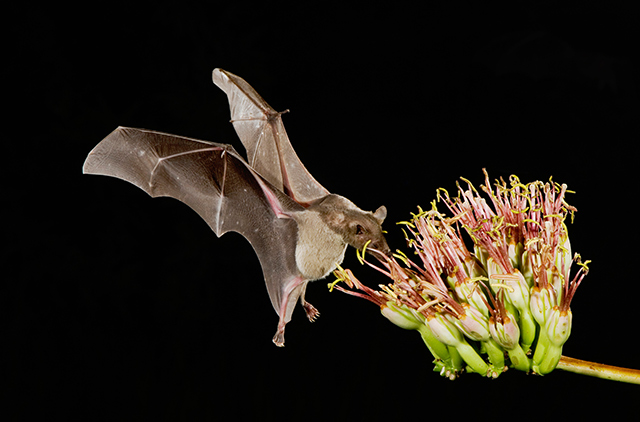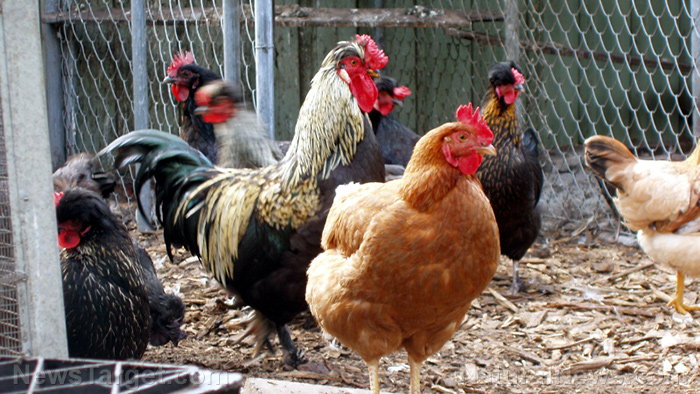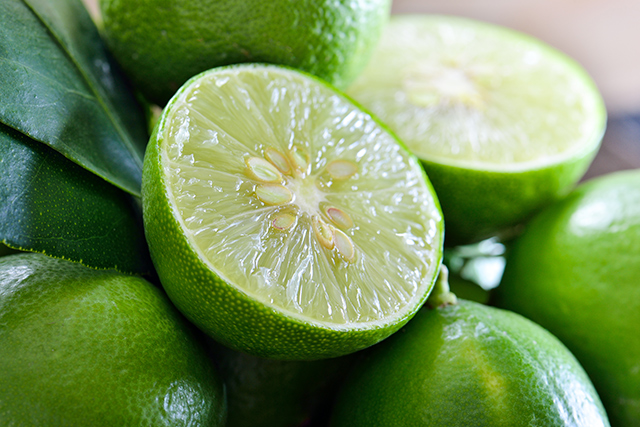The U.S. Fish and Wildlife Service announces first bat to be removed from the endangered species list
05/31/2018 / By Edsel Cook

Here’s some good news you can definitely drink to. The U.S. Fish and Wildlife Service (FWS) announced that the lesser long-nosed bat has made a full recovery. According to an EcoWatch article, the agave pollinator is the first U.S. bat species to be removed from the endangered species list.
The lesser long-nosed bat is one of the three U.S. bat species that consume nectar. It migrates between the southwestern U.S. and Mexico, feeding from the flowers of the agave plant that is used to brew tequila.
By the time it entered the endangered species list in 1988, there were only 1,000 bats scattered between 14 roosts. Now there are 200,000 individuals in 75 roosts in the U.S. and Mexico. (Related: Species devastated by human depletion of rainforests found to make a comeback as forests regrow.)
The species owes its recovery to the efforts of researchers, government officials, native American tribes, NGOs, and tequila makers in both countries.
“The Service is proud of our strong, decades-long partnerships with very diverse stakeholders on behalf of the lesser long-nosed bat. Without partnerships and collaborations such as these, successful recovery would not be possible,” announced Amy Lueders, the regional director for FWS Southwest.
Lesser long-nosed bats came back from the brink of extinction
The lesser long-nosed bat overcame a number of problems related to its home and food. The population spends winters over in the warm regions of southern and central Mexico.
In spring, the bats follow a “nectar trail” leading to northern Mexico and Arizona. Along the way, they take shelter in natural caves and old mines.
Unfortunately, their resting places were used as hideouts by drug and human traffickers. The criminals disturbed the bats and even killed the poor animals on occasion.
In response, concerned groups built “bat gates” at the entrances of these caves and mines. The gates kept humans out while allowing the bats to go in and out as they pleased.
The bats also got caught in the crossfire of Mexico’s vampire bat control programs. Practices intended to cull the numbers of rabies-spreading bloodsucking bats also killed harmless lesser long-nosed bats by mistake.
Agave-pollinating bats are still threatened by tequila production
Finally, the bats were threatened by the production of tequila. The animals are a primary pollinator of the agave plant; they drink the nectar found in its flowers.
However, tequila makers harvested agave plants before they can bloom. Growers also dispensed with the need for pollinators by cloning blue agave plants. The DNA of the plants got so damaged that 40 percent of them were sick or dying in 2015.
Both the bats and the agave plants benefited from a conservation program led by Mexican researcher Rodrigo Medellin. Tequila producers agreed to set aside some of their agave crops as bat food, and in return received “bat-friendly tequila” certification.
Luckily, lesser long-nosed bats are not limited to feeding on agave flowers. They also drink the nectar of saguaro and organ pipe cacti. Both species of cacti are protected by the U.S. and Mexican governments.
Their more specialized cousins are not as lucky. Winifred Frick, the chief researcher of the Bat Conservation International, warned that the Mexican long-nosed bat is still in danger of extinction. This species relies far more heavily on agave flowers for nutrition.
“We can fully celebrate [the delisting] as a conservation win. But we also need to be paying attention to species that aren’t in as good a position,” Frick said of other endangered species.
In the meantime, you can toast the recovery of the lesser long-nosed bat with a shot of bat-friendly tequila.
Find out more about the efforts to save endangered species like these agave-pollinating bats at Ecology.news.
Sources include:
Tagged Under: agave nectar, agave plant, animals, bat-friendly tequila, bats, biodiversity, blue agave, conservation, Ecology, Endangered species, environment, goodnews, pollinators, tequila, U.S. Fish and Wildlife Service, wildlife



















